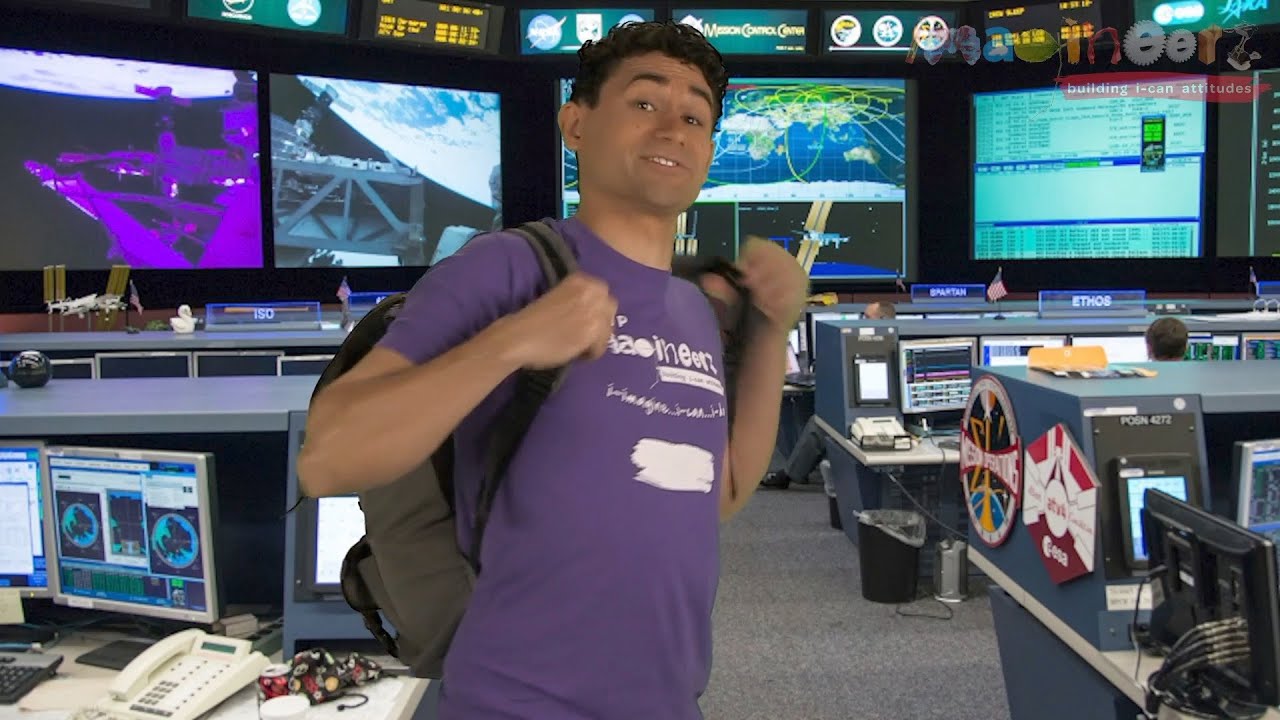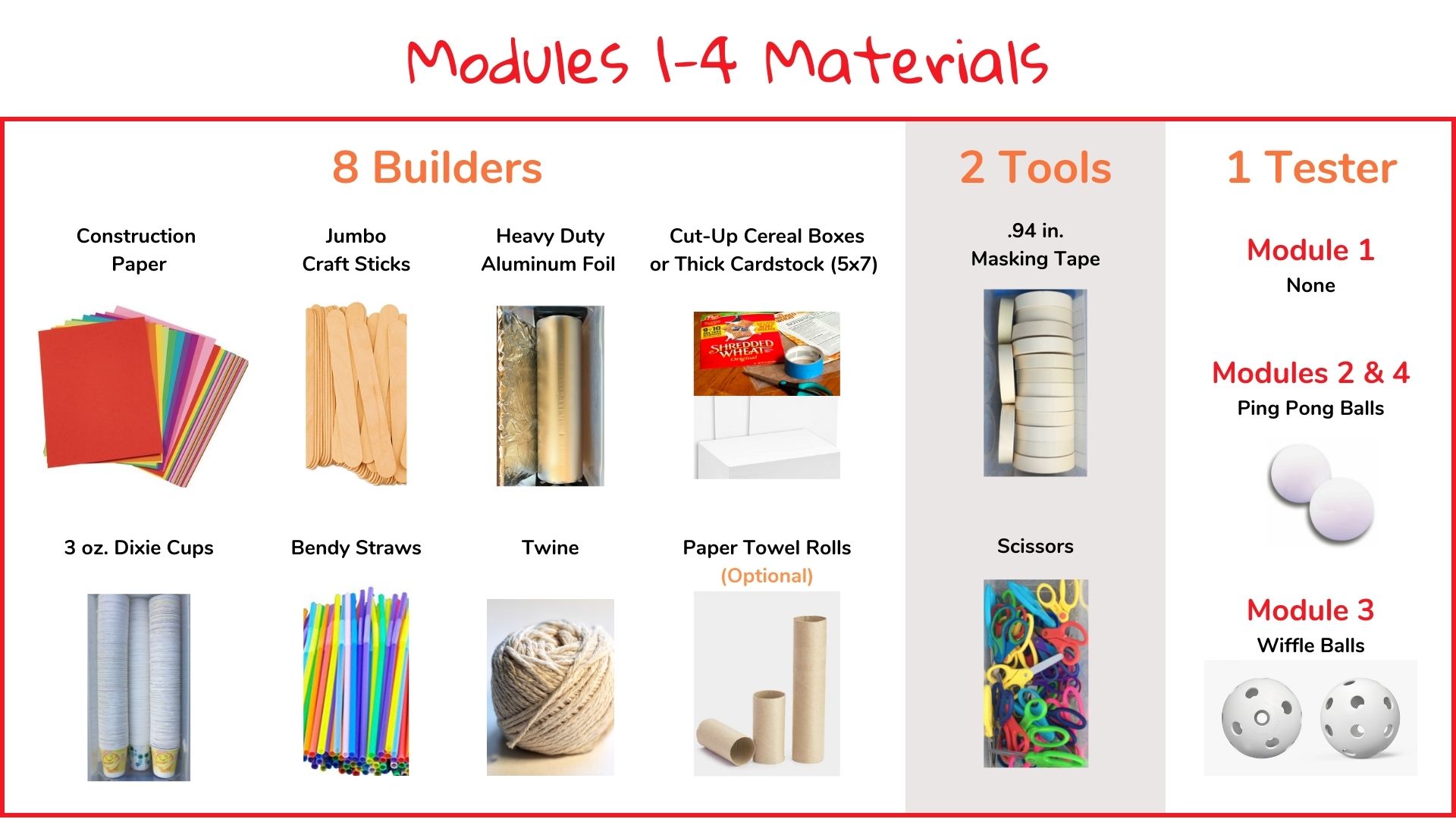STEM Challenge: Exploring the Surface

Challenge
Design Martian backpacks equipped with tools essential for exploring Mars’s diverse landscape. You’ll be exploring caves and mountains in search of water, life, and potentially, fossils!
Constraints and Success Criteria
- The backpack must include a minimum of three tools designed specifically for Martian exploration.
- The tools should focus on the Martian environment, aiding in the search for water, evidence of life, or fossils.
- The backpack, with all tools inside, must be wearable, emphasizing practicality and weight management.
Materials

You do not need any testers for this challenge.
Set Up
- Prepare Materials: Ensure you have all the necessary materials ready beforehand and organize them so that they are easily accessible to students. Students should use no more than five of any one material per creation! For example, a student can use five straws and five pieces of paper, but not ten straws. If you provide aluminum foil, no more than one arm’s length piece for each student!
- Set Up Testing Area: Create a designated area where students can test their backpack designs to ensure they can wear them comfortably and carry all the essential tools effectively.
- Provide Guidelines and Constraints: Reiterate the challenge and the constraints to students as needed. Building time is 45 minutes!
- Model the Design Process: Before students begin, demonstrate the design process by going through the steps yourself. Discuss how to brainstorm ideas, create prototypes, test them, and make iterations based on the results, as needed.
- Encourage Collaboration: Foster a collaborative environment where students can work together in pairs. Encourage them to share ideas, help each other troubleshoot challenges, and provide constructive feedback throughout the process. But no groups of three!
- Support Adaptation: Encourage students to embrace the mindset of adaptation and problem-solving. Help them see that setbacks and failures are opportunities to learn and make improvements. Guide them in identifying areas for adaptation and brainstorming alternative solutions.
- Facilitate Reflection: Set aside time for students to reflect on their design process and decision-making. Ask questions that prompt them to think critically about their choices, challenges they faced, and what they learned from the experience. This reflection can be done individually, in pairs, or as a whole-class discussion.
- Celebrate and Showcase: Celebrate students’ efforts and showcase their backpack designs. Provide a platform for them to explain their design rationale and how they envision their backpacks supporting the Martian exploration mission.
CASEL Discussion Questions
Five questions aligned to Responsible Decision Making — our focus CASEL competency for Module 3 — for teachers to foster an engaging discussion and social-emotional learning
- How will you decide which tools are essential for the astronauts’ exploration and survival in the extreme Martian environment?
- What considerations will you take into account to ensure that the backpack is lightweight and easy to carry during the exploration?
- How will you evaluate the effectiveness of each tool in meeting the astronauts’ needs and making informed decisions about their final inclusion in the backpack?
- What ethical considerations will you address when choosing tools that align with environmental protection and respect for the Martian ecosystem?
- How will you ensure that the final decision on the tools reflects the collective values, vision, and mission of the Martian exploration team?


